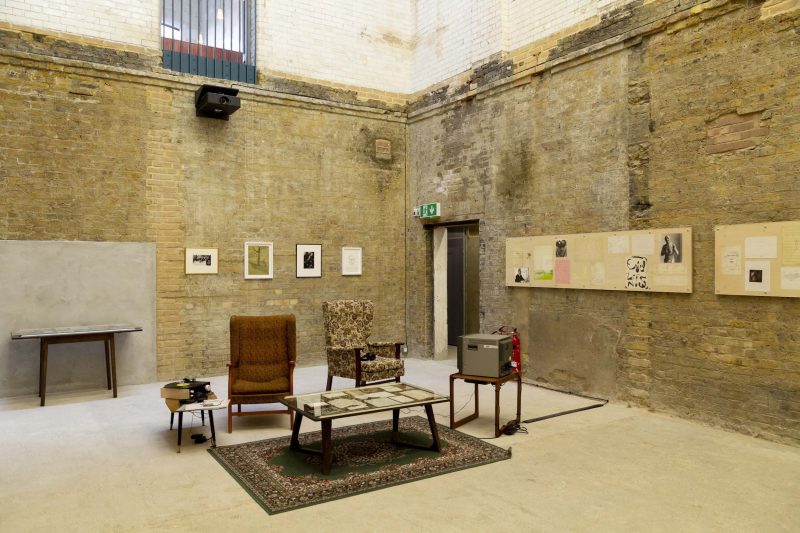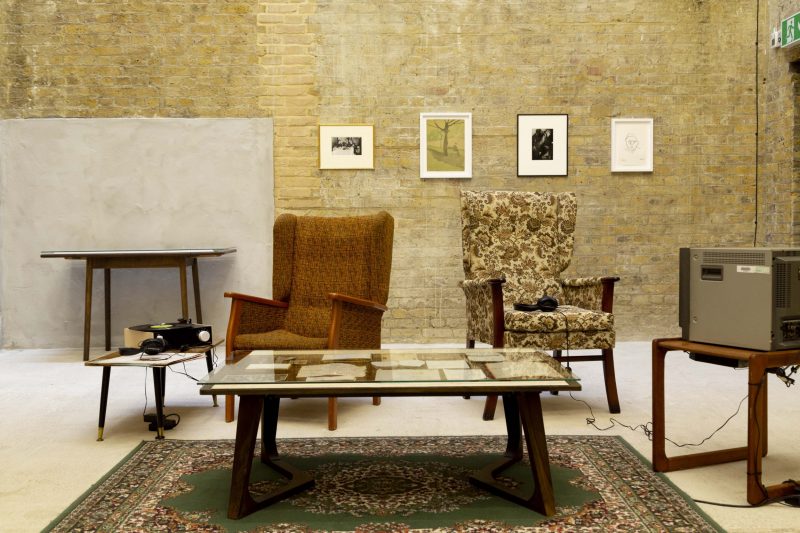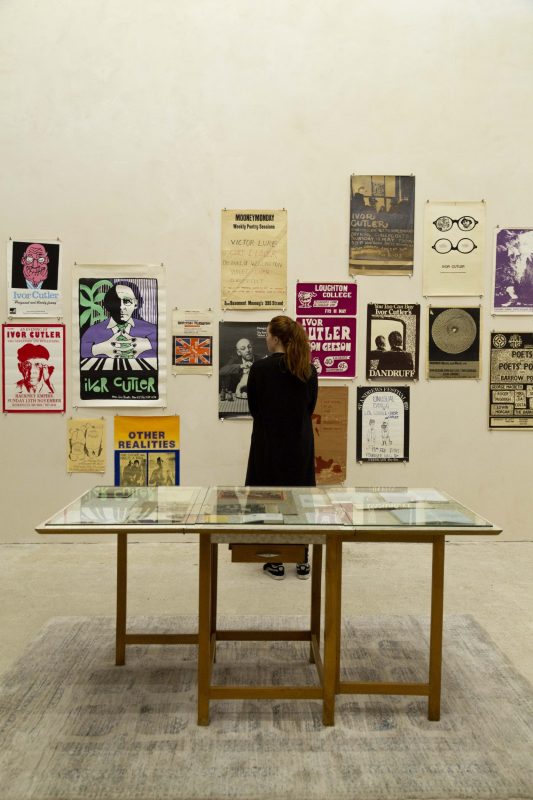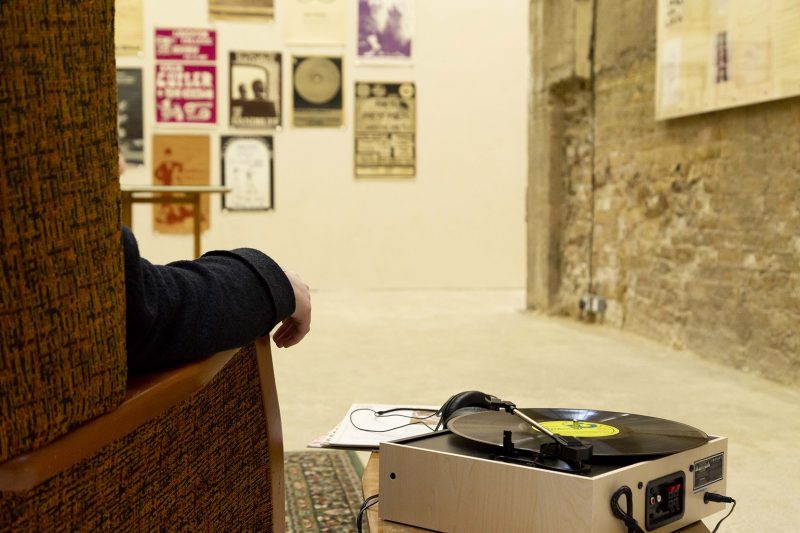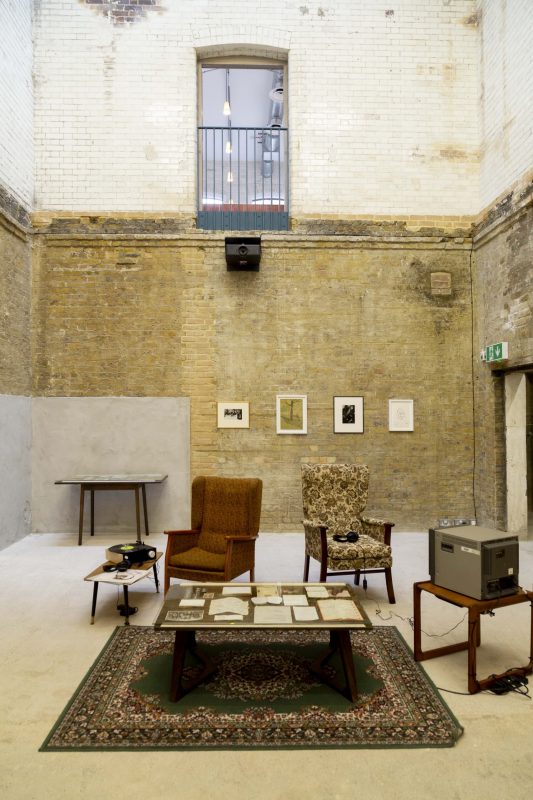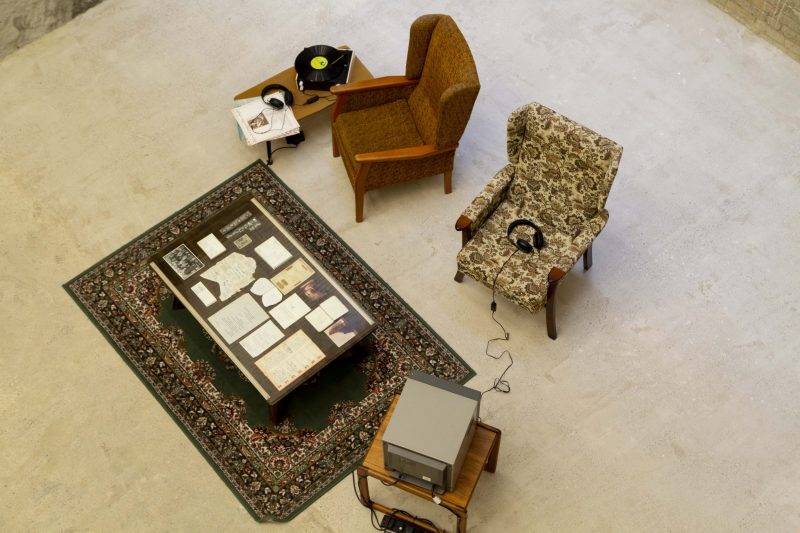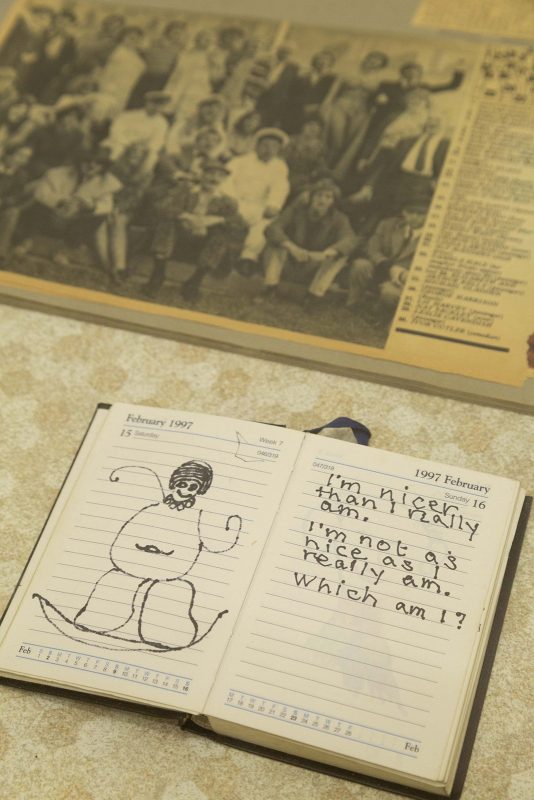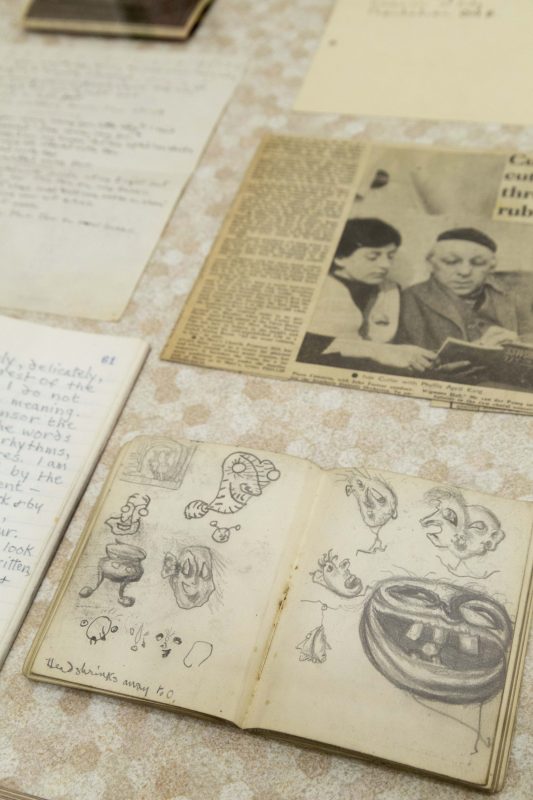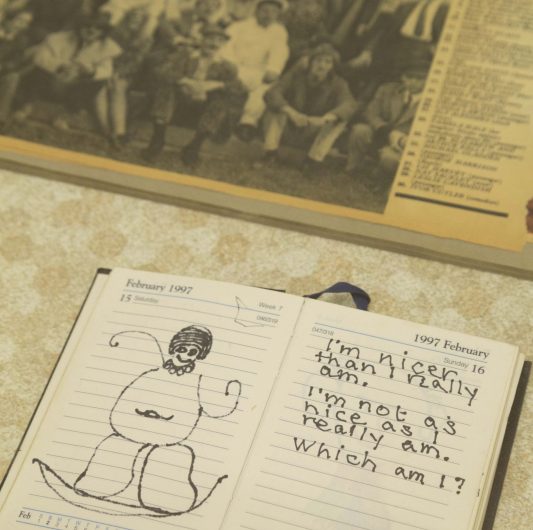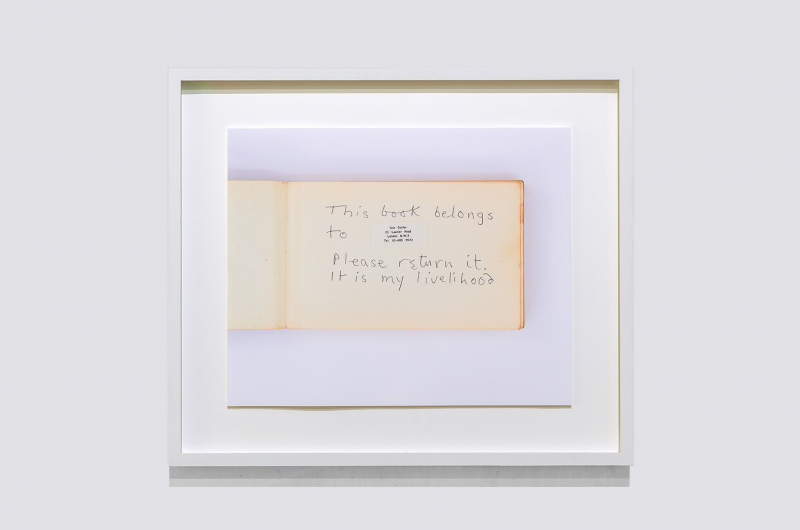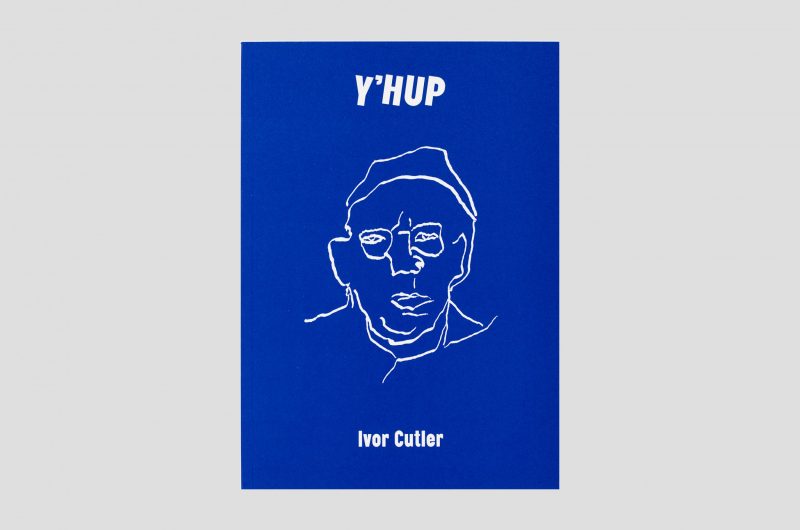IVOR CUTLER
Good morning! How are you? Shut up!
Private view: Saturday 6 October, 7 – 9pm including performances.
Scottish poet, songwriter and humorist Ivor Cutler (1923–2006) was a singular force in popular culture. His oeuvre encompassed absurd songs and poems, surreal performances, and illustrated publications. These abstract the banal and everyday with warmth, occasional darkness, and quiet radicalism. Self-styled as an ‘Oblique Musical Philosopher’, Cutler saw himself as having ‘….the effect of a very mild earthquake, one that nudges people into having a look around themselves, through all the rubbish that passes for convention.’ This exhibition pulls from his archive to present original musical scores, lyrics, sketches, artworks, letters, press cuttings, and posters, gathered to celebrate Cutler’s life and work, many of which have never been previously exhibited.
His whimsical performances gained him a cult following across generations, not least as part of 60s and 70s counterculture. Broadcasts on the Home Service in the 1950s lead to albums, later with Virgin Records and Rough Trade. TV appearances on the BBC caught Paul McCartney’s attention. Cutler appeared in the Beatles’ film Magical Mystery Tour (1967) and George Martin produced his album ‘Ludo’ (1967). Robert Wyatt of Soft Machine invited him to play on two of his tracks on the album Rock Bottom (1974). New generations were introduced to his work in the 1980s on TV for the Old Grey Whistle Test, and on radio for John Peel and later Andy Kershaw. His songs have been covered by numerous artists including Jim O’Rourke, Laura Marling and Franz Ferdinand.
As a live performer Cutler was unmistakable with his minimal set that consisted of a largely empty stage, where he appeared, usually in plus fours and a hat, dourly sat at a wheezy harmonium. His songs, performed in a diminutive deadpan style, presented surreal but somehow truthful observations of the world, which also drew on a childhood spent in Glasgow. With titles such as Pickle Your Knees, Egg Meat, I Believe in Bugs, Gravity Begins at Home, and Bicarbonate of Chicken, his songs and poems were written to turn the world on its axis, just a little, and let original thinking in.
Cutler wrote many books for children and adults, and his wish to open adults up to their childish self (as counter to intellect and convention) was bolstered by his work as a teacher, at A. S. Neill’s Summerhill School and for inner-city schools in London for 30 years.
A specially commissioned publication that reproduces items from the archive accompanies the exhibition and is available to purchase at the gallery, as is a limited edition print, also available online here.
Private view: Saturday 6 October, 7 – 9pm including performances.
Scottish poet, songwriter and humorist Ivor Cutler (1923–2006) was a singular force in popular culture. His oeuvre encompassed absurd songs and poems, surreal performances, and illustrated publications. These abstract the banal and everyday with warmth, occasional darkness, and quiet radicalism. Self-styled as an ‘Oblique Musical Philosopher’, Cutler saw himself as having ‘….the effect of a very mild earthquake, one that nudges people into having a look around themselves, through all the rubbish that passes for convention.’ This exhibition pulls from his archive to present original musical scores, lyrics, sketches, artworks, letters, press cuttings, and posters, gathered to celebrate Cutler’s life and work, many of which have never been previously exhibited.
His whimsical performances gained him a cult following across generations, not least as part of 60s and 70s counterculture. Broadcasts on the Home Service in the 1950s lead to albums, later with Virgin Records and Rough Trade. TV appearances on the BBC caught Paul McCartney’s attention. Cutler appeared in the Beatles’ film Magical Mystery Tour (1967) and George Martin produced his album ‘Ludo’ (1967). Robert Wyatt of Soft Machine invited him to play on two of his tracks on the album Rock Bottom (1974). New generations were introduced to his work in the 1980s on TV for the Old Grey Whistle Test, and on radio for John Peel and later Andy Kershaw. His songs have been covered by numerous artists including Jim O’Rourke, Laura Marling and Franz Ferdinand.
As a live performer Cutler was unmistakable with his minimal set that consisted of a largely empty stage, where he appeared, usually in plus fours and a hat, dourly sat at a wheezy harmonium. His songs, performed in a diminutive deadpan style, presented surreal but somehow truthful observations of the world, which also drew on a childhood spent in Glasgow. With titles such as Pickle Your Knees, Egg Meat, I Believe in Bugs, Gravity Begins at Home, and Bicarbonate of Chicken, his songs and poems were written to turn the world on its axis, just a little, and let original thinking in.
Cutler wrote many books for children and adults, and his wish to open adults up to their childish self (as counter to intellect and convention) was bolstered by his work as a teacher, at A. S. Neill’s Summerhill School and for inner-city schools in London for 30 years.
A specially commissioned publication that reproduces items from the archive accompanies the exhibition and is available to purchase at the gallery, as is a limited edition print, also available online here.
Read Less...
